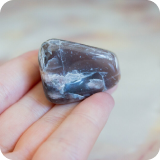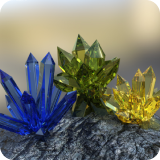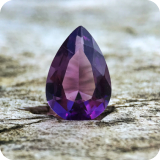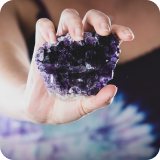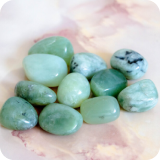- Basics of Rockhounding in South Carolina
- Best South Carolina Rockhounding Locations
- Top 9 Gemstones in South Carolina
- Find South Carolina Crystals and Start Using Them!
- How to Do Rockhounding in South Carolina
This is a truly exciting state for rockhounding. South Carolina has so many precious gems. You definitely want to learn how to find Gemstones in South Carolina, what stones are found in South Carolina, and where are crystals in South Carolina found.
Northwestern South Carolina is the main area to search. High-quality Amethyst, Emeralds, Aquamarines, Sapphires, Garnets, Topaz, Zircon, and Diamonds can be found within the Piedmont and Kings Mountain belts.
These gemstones and other crystals, minerals, fossils (such as megalodon teeth), and metals (such as gold and silver) are found in many localities throughout the state. You can visit public South Carolina gem mines, rocky exposures, lakes, and creeks. Patiently dig or pan, and you will find them.
Basics of Rockhounding in South Carolina
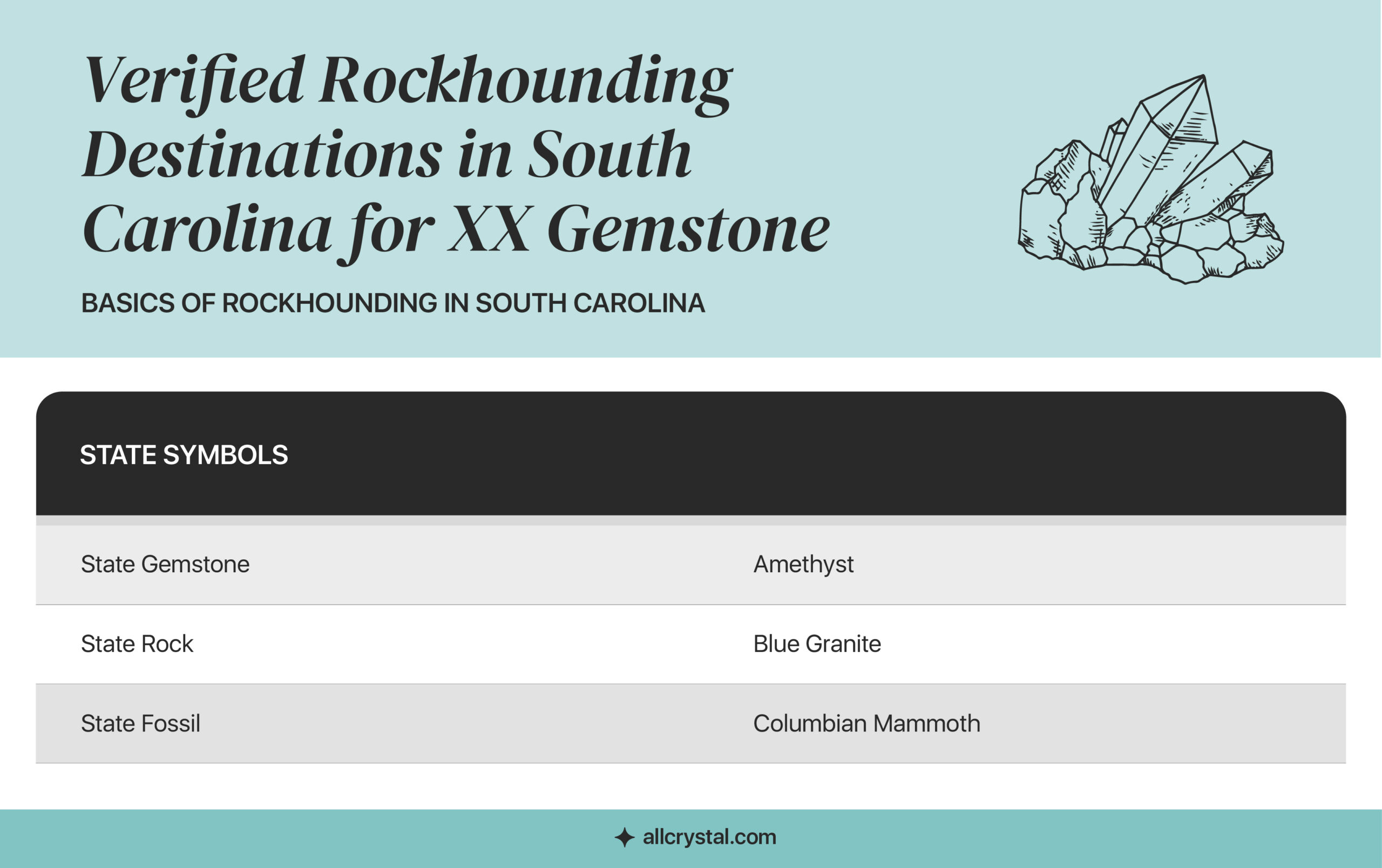
Rockhounding History and Landmarks in South Carolina
Native Americans are the original people to have used rocks and minerals in South Carolina. They were used in activities such as hunting (knapped arrowheads) and food preparation (grinding stones), and some stones were revered for spiritual or healing purposes.
Today, many precious gems, useful minerals, and fascinating fossils are extracted from all around South Carolina. The most notable gem in this state is the fine Amethysts that have been dug up here and featured as prized specimens.
Large portions of South Carolina remain wild, and the stunning natural landscape of this state is home to many gems. Another key geological region for finding treasure includes the Carolina Slate Belt, which runs through a large chunk of this state and is rich in gold.
At the root of the Blue Ridge Mountains lies the areas known as the Piedmont, where most sought-after gem specimens can be found. This area is mainly made up of foliated metamorphic rocks, which contribute to the fascinating geology of South Carolina. It is also the area where the state rock, Blue Granite, is found.
Weather and Wildlife in South Carolina
Classified as a humid subtropical climate, summers in South Carolina are hot, while winters are generally mild. Specific regions around the upper part of the state, where more gems are found, can have colder winters and a fair amount of rain, so pack your gear accordingly.
Wildlife in South Carolina is diverse, including whitetail deer, beavers, red foxes, black bears, coyotes, bobcats, bats, birds, snakes, alligators, and many more. When rockhounding in places that are home to these creatures, please be respectful and cautious.
Best South Carolina Rockhounding Locations
These are some of the best South Carolina rockhounding locations, including what can be found in each region. Please research the specific mines, quarries, and parks you plan on visiting with each locality to verify that the sites are currently operational, as well as for the latest regulations and fees that may apply
Disclaimer: This list is based on cross-referenced research. We have not visited these locations in person.

Top 9 Gemstones in South Carolina
Now we have come to the precious and notable gems you can find within South Carolina; many of which can be found within a single location. Read on to find out where to look, what tools you need, and what energetic benefits these treasures can offer you.
Amethyst
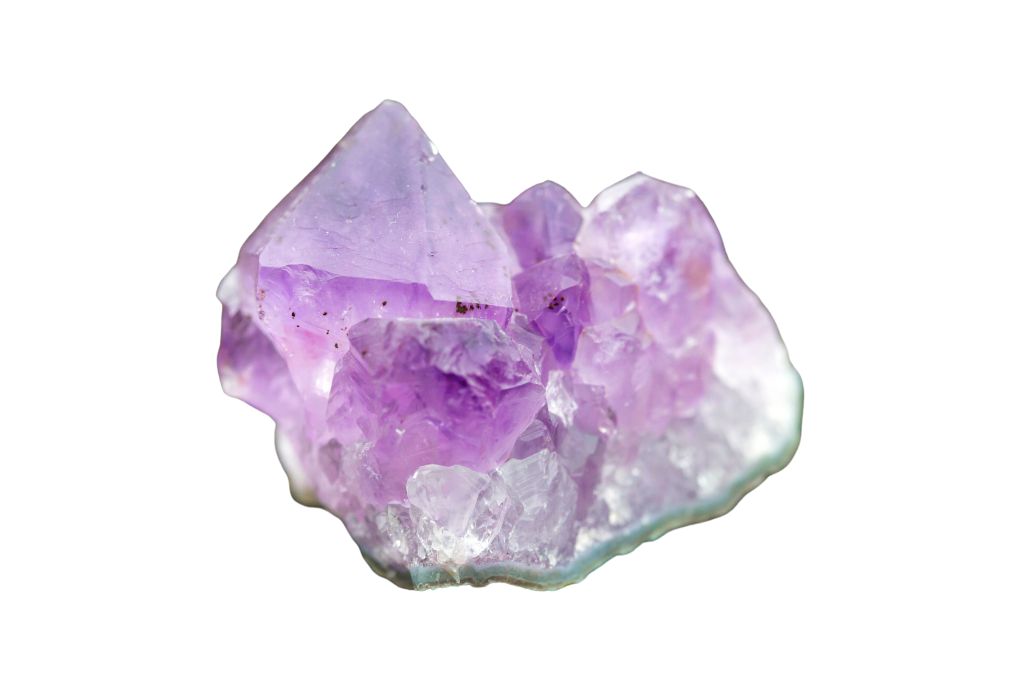
South Carolina is home to some of the finest specimens of Amethyst. It is not uncommon to find well-formed clusters of Amethyst crystals that are deep to lighter purple.
Diamond Hill Mine (a popular South Carolina Gem mine among rockhounds for finding many precious crystals) is just one site where you can dig for Amethyst. Other sites in Abbeville, Anderson, and Union Counties have also produced beautiful Amethyst specimens on record.
Depending on the site you choose to look for Amethyst, you will need essential mining tools with safety gear or panning screens.
Amethyst is a beautiful jewelry stone with powerful metaphysical properties, including encouraging peace, relief, spiritual connection, increased intuition, and higher perspective.
Aquamarine
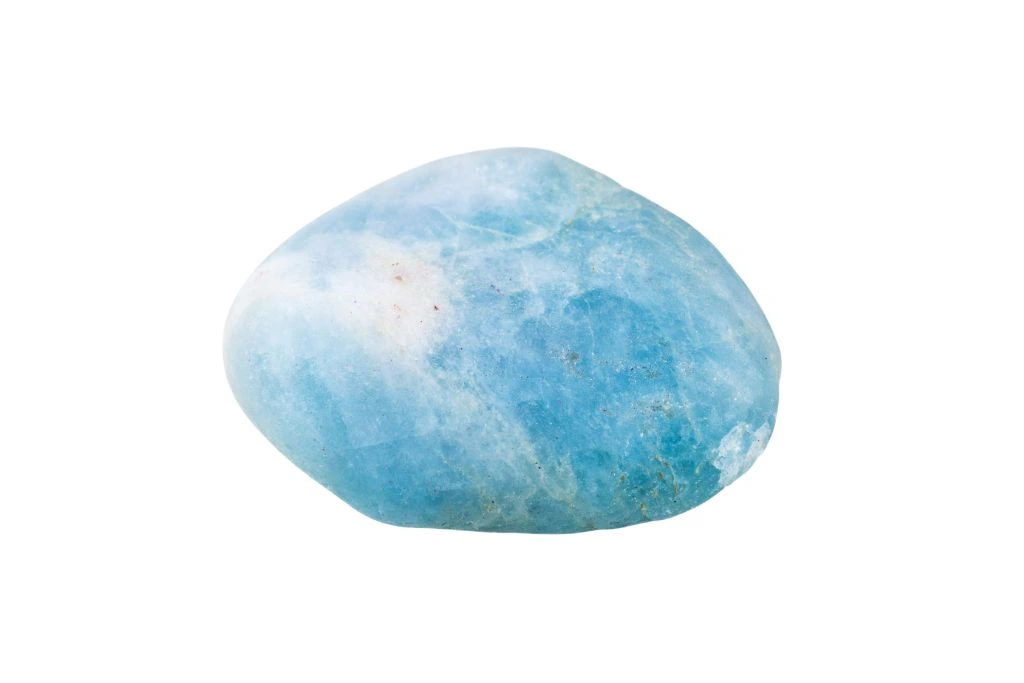
Aquamarine, a variety of hard blue to blue-green Beryl, occurs in pegmatites, schists, slates, gneisses, and limestones. In South Carolina, it has been found in Anderson, Abbeville, Greenville, and Cherokee Counties.
Again, a well-known location that is open to public gem mining in South Carolina for a small fee is the Diamond Hill Mine in Abbeville County.
You can also find Aquamarine by panning and digging around rivers, streams, creeks, and lakes in areas that have geological formations that include Aquamarine (crystals join the gravel deposit as they are released through erosion).
Aquamarine is a sought-after gemstone, and it is also appreciated for its crystal healing powers, including improved communication, a sense of deep calm, self-confidence, and divine support. Its spiritual properties include increased empathy, intuition, and perception of the ethereal nature of existence.
Emerald
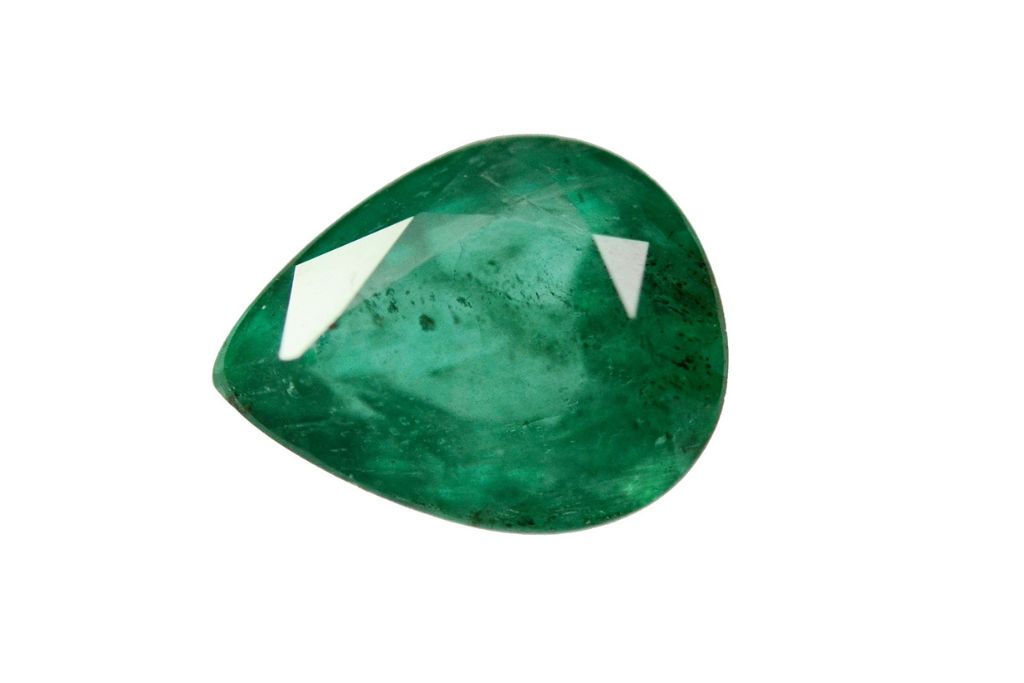
Another variety of Beryl that you can find in South Carolina. Although its neighbor, North Carolina, shines brighter when it comes to Emeralds in abundance, you may also find this precious green gem in the Southern state.
Look out for Emerald when rockhounding in Cherokee and Anderson Counties. Be sure to carry your safety gear and essential mining tools. You may also want a jeweler’s magnifying glass to help you observe and identify specimens.
Emerald is regarded as a stone of luck and love as its energy balances and opens the Heart Chakra. Its healing benefits include emotional growth, improved relations, and increased fertility.
Sapphire

Blue Corundum, more commonly called Sapphire, has been found in Spartanburg and Cherokee Counties. Carry your screens and shovels to pan the Bowens River gravels, slate exposures, and any water bodies that feed into it to search for Sapphires in South Carolina.
Sapphires’ metaphysical benefits include higher wisdom and perception. The healing properties you can invoke by working with Sapphires include improved positivity, confidence, calm, truthfulness, focus, and memory.
Garnets
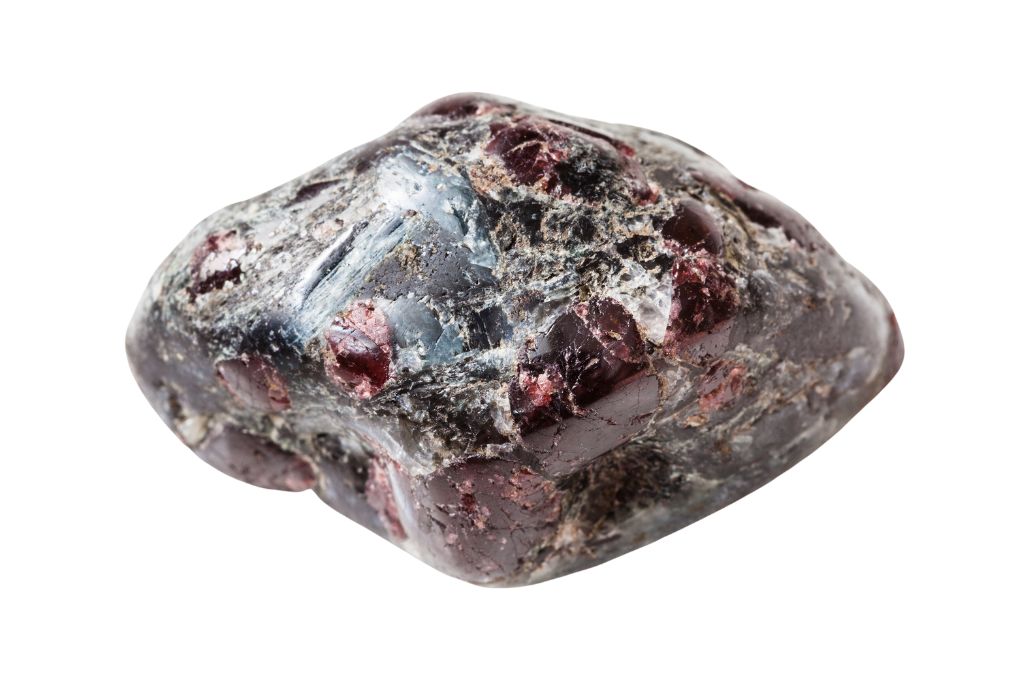
Red Almandine Garnets are popular in upper South Carolina within schists and gneiss as isolated crystals. Smaller Garnet grains can be found within the gravels of various streams in the region.
Garnets are reported to have been found in at least 47 localities in this state, including Greenville, Cherokee, Anderson, Spartanburg, and Sumter Counties.
Suppose you want to search within the metamorphic rocks where Garnet can be found, then pack your safety gear and hand mining equipment. If you plan on exploring streams that link upstate, then your panning screens and a shovel will do.
Garnets are potent stones. They are profoundly revitalizing. Attuning to the vibration of this crystal can lead to purification, deep healing, deep relations, creative expression, and physical wellness.
Diamond

Finding Diamonds in South Carolina is a rare occurrence, with only one Diamond on record found around 1883 in Spartanburg County. Diamonds have been more often found in North Carolina. However, it is not impossible to find a Diamond while you pan through streams in and near Spartanburg County, so carry along a screen.
You would have to be unlikely to go home disappointed since there are plenty of other special gems in this locality that you can pick up while you keep your eye out for that Diamond.
The energy of a Diamond is so attractive. In crystal healing, it holds a vibration of passion, strength, intelligence, abundance, adoration, and charisma.
Topaz
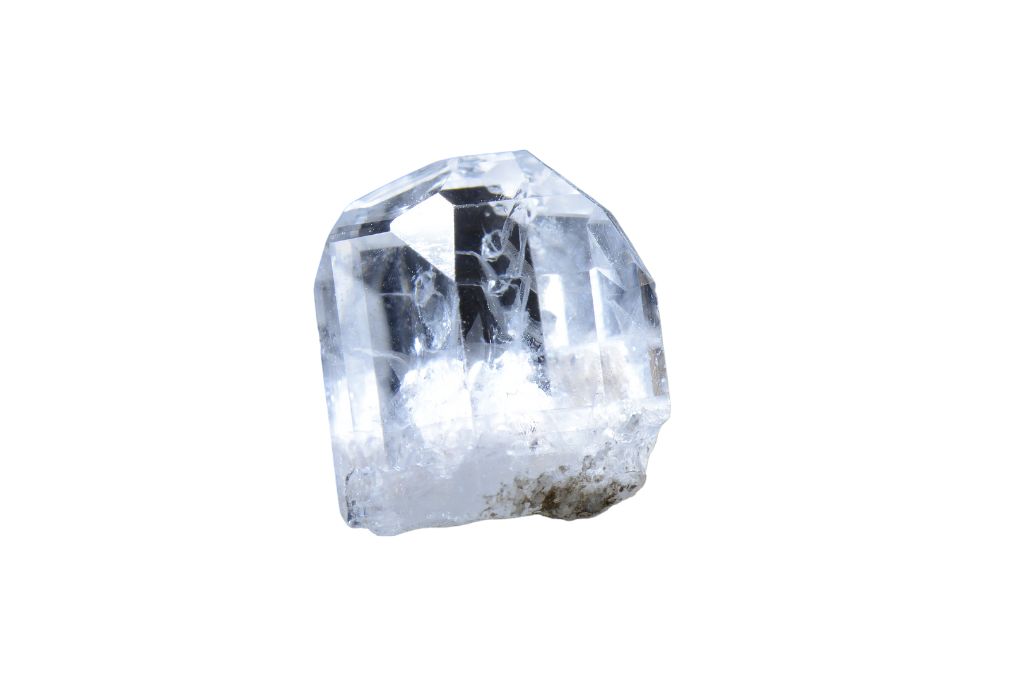
Topaz is a transparent and vitreous gem that can be colorless to brown, pink, purple, yellow, blue, red, or orange. It can be found along waterways or mined from igneous rock in South Carolina, so be sure to carry your panning screen, hand mining tools, and as always, safety gear.
Gem varieties of Topaz have been found in the Bowen River and its tributaries in Cherokee County and within pegmatites in Anderson County. A massive form of Topaz is present in Chesterfield County.
Connect with Topaz crystals for healing and spiritual benefits, including creativity, confidence, clarity, spiritual awareness, abundance, and expansive manifestations.
Tourmaline
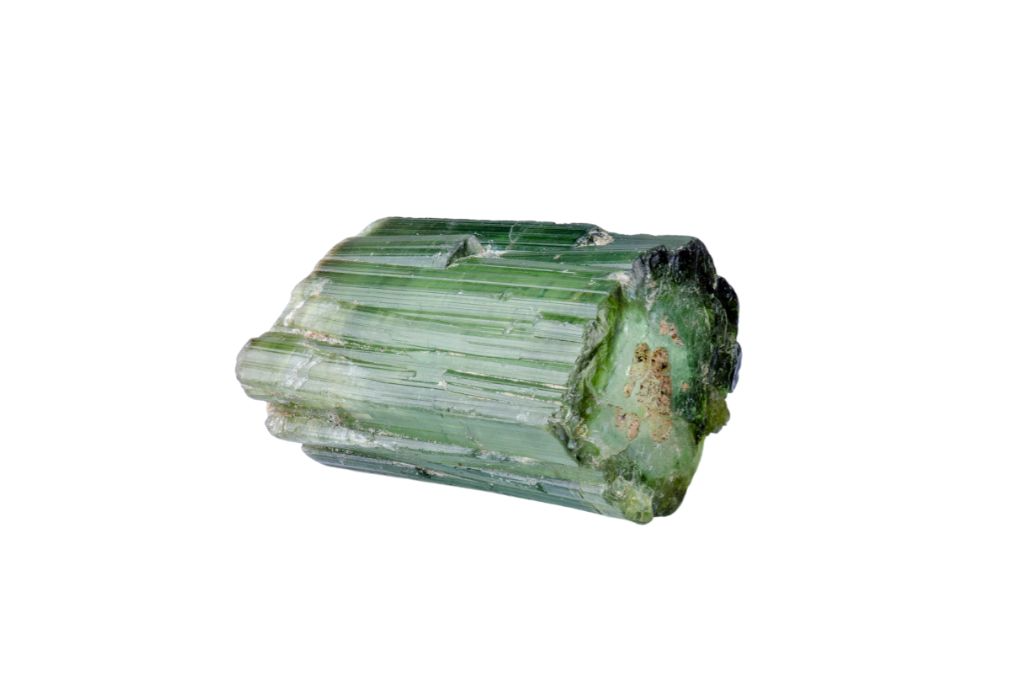
Tourmalines are usually black, green, blue, or red and form hexagonal crystals that look like spherical triangles when cut in cross sections. Crystal may also be arranged as radial sprays.
According to The Gemstone Resources of South Carolina by Camilla K. McCauley, Blue-Green and Black Tourmaline specimens have been found in South Carolina. They occur within pegmatites, at times together with Beryl or in Quartz veins.
Look for this crystal in creeks and mines in counties including Anderson, Cherokee, Kershaw, Sumter, York, Spartanburg, and Greenville. Carry your panning or hand-mining tools and safety gear according to the sites you choose to visit.
Tourmaline is well known as a protective stone. It helps to dispel negative vibrations and whatever you need to let go of. It is a grounding stone that realigns us with the deeply healing and nurturing energy of Mother Earth.
Zircon
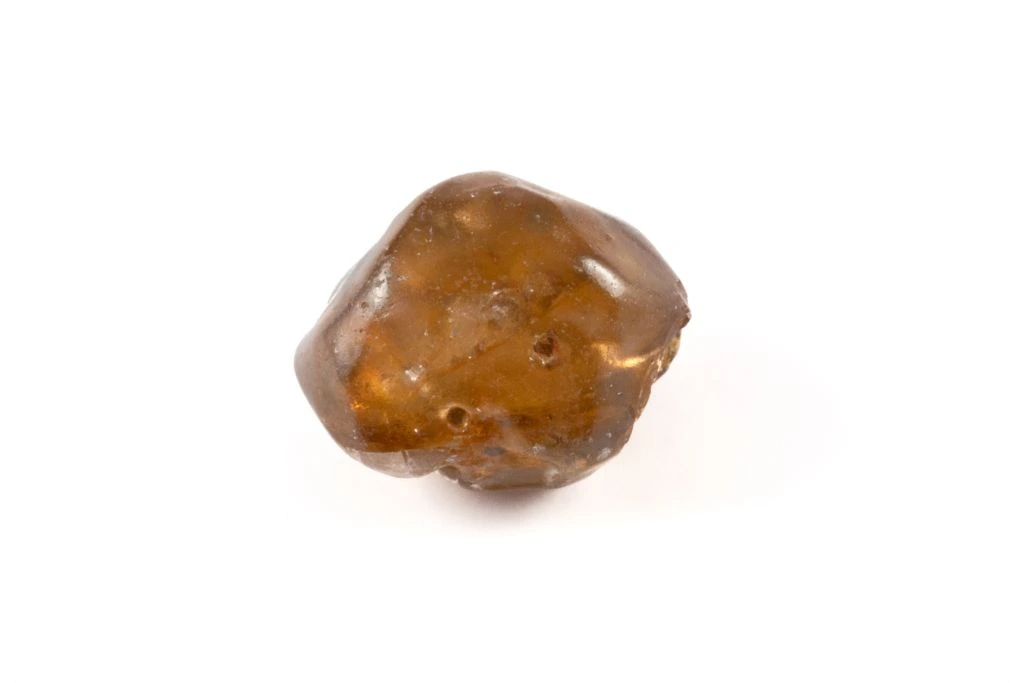
Zircon is one of the oldest minerals on Earth and is found in quarries, rivers, and creeks all around the state. These short prism crystals, topped with pyramid terminations can be colorless, brown, red-brown, black, yellow, gray, or green.
They can also be rounded when found in stream gravels. Large Zircon crystals in Greenville County can be panned from creeks and mined in the old Vermiculite mines in the Tigerville vicinity.
In Anderson County, Zircon is said to be found together with Corundum, and smaller Zircon crystals can be found scattered around Cherokee. These are just a few of the many places where Zircon has and can be found in South Carolina.
Energetically, Zircon has an air of dignity and respect. This stone is a reminder to honor your life and experiences in all forms. Its healing vibration is balancing, opening, and encouraging
Find South Carolina Crystals and Start Using Them!
As we have learned, South Carolina is, in fact, another treasure trove of beautiful and powerful gemstones. Rockhounding here can be so much fun. Often visiting a single location allows you the opportunity to find a variety of different precious stones and minerals.
Beyond the gems discussed above and summarized below, you can also continue your search on where to find Geodes in South Carolina. Kyanite, Prehnite, Fluorite, Gold, Silver, Copper, Malachite, Hematite, and many varieties of Quartz are also within the land of this state.

How to Do Rockhounding in South Carolina
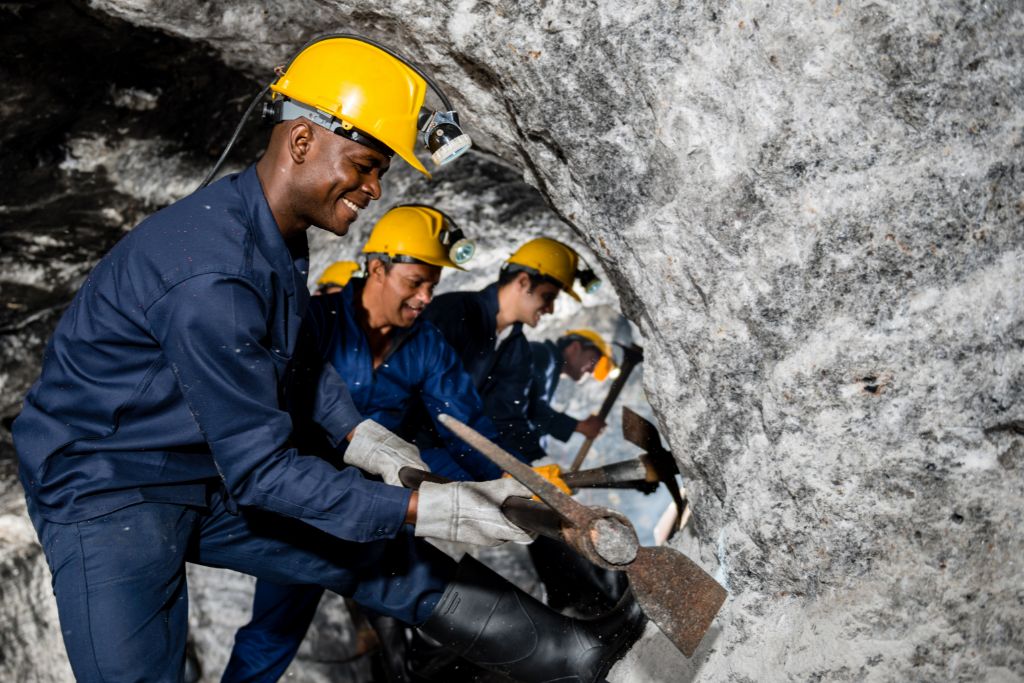
Consider the following items, regulations, and tips when planning and packing for your rockhounding adventure in South Carolina.
Tools and Gear You Need to Dig and Find Crystals in South Carolina
- Jewelers Loupe: Magnification to observe crystal structures for identification and enjoyment purposes.
- Light Source: To light up cavities while mining for gems and to shine on the gem to view the level of transparency, inclusions, and clarity of specimens.
- Gloves: Safety gloves protect you from cuts and scrapes while working with rocks. You should have your gloves on whenever you use mining tools.
- Glasses: Protect your eyes while working with tools, including hammers, picks, and chisels.
- Boots: Boots will protect your feet while moving through rough terrains. Longer waterproof boots should be considered when rockhounding in a rainy region or along water bodies.
- Shovels: Shovels of your liking for scooping up materials containing gems and digging to reach treasures.
- Panning equipment: Sturdy sifting screen for sorting through gravel and dirt to find gemstones.
- Hand Mining Tools: Rock hammers, chisels, and picks of the best quality you can access for mining South Carolina gems.
- Flat Screwdriver: Super useful to precisely and gently pry apart stones.
- Brushes: To quickly and easily clean sediments off your crystals in the field. Fine brushes and other suitable cleaning methods can be used later.
- Boxes, Bags, or Buckets: Carry what is most comfortable to carry and place crystals in while out in the field collecting.
How to Pack and Transport Crystals You Find
- Packaging: Wrap each gem in bubble wrap, soft fabric, or paper according to the gem’s durability.
- Cataloging: Premake information labeled to fill in on-site and stick to each wrapper stone.
- Transportation: A sturdy bag or box that crystals can be packed in. Place the individually wrapped crystals snugly together so that they can’t move and be damaged easily in transit.
Safety Regulations and Mining Laws for Rockhounding in South Carolina
- Laws: Rockhounding on public and state land can be restricted in some regions of South Carolina, so please verify the rules for every location you visit.
- Private Land: Always gain permission when collecting private land, and some private mines may ask for a small fee.
- Safety: Carry the necessary safety gear and weather-appropriate clothes. It is best to be prepped and have a small first-aid kit on hand. South Carolina can get hot in the summer, so stay well hydrated.
Tips for Rockhounding Like a Pro in South Carolina
- Research: Books, academic papers, forums, and rockhounding groups are good places to deepen your research in preparation for rockhounding in South Carolina.
- Respect: Take care not to damage flora and fauna on the land where you collect and leave natural areas as you found them, or cleaner.
- Connect with Locals: Talk and try to plan an adventure together with local South Carolina rockhounds. You can find information on local geology or rockhound groups online.
- Field Guides: Carry a state-specific field guide or two to assist you with identifying and locating specific stones.
- Patience: The thrill of finding a gem is also about enjoying the search, being patient, and being present in the process. You will find whatever you are meant to and learn and improve with practice.
- Be Grateful: Enjoy the experience of adventure while finding crystals within South Carolina’s beautiful landscape, give thanks to Mother Earth for whatever you find, and take great care of these stones.


